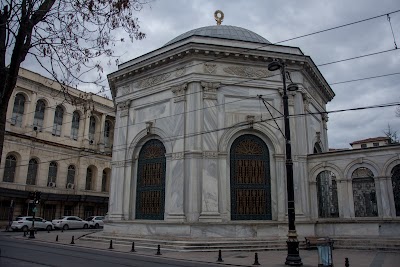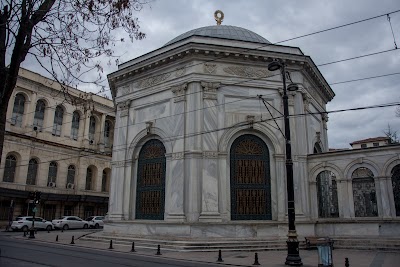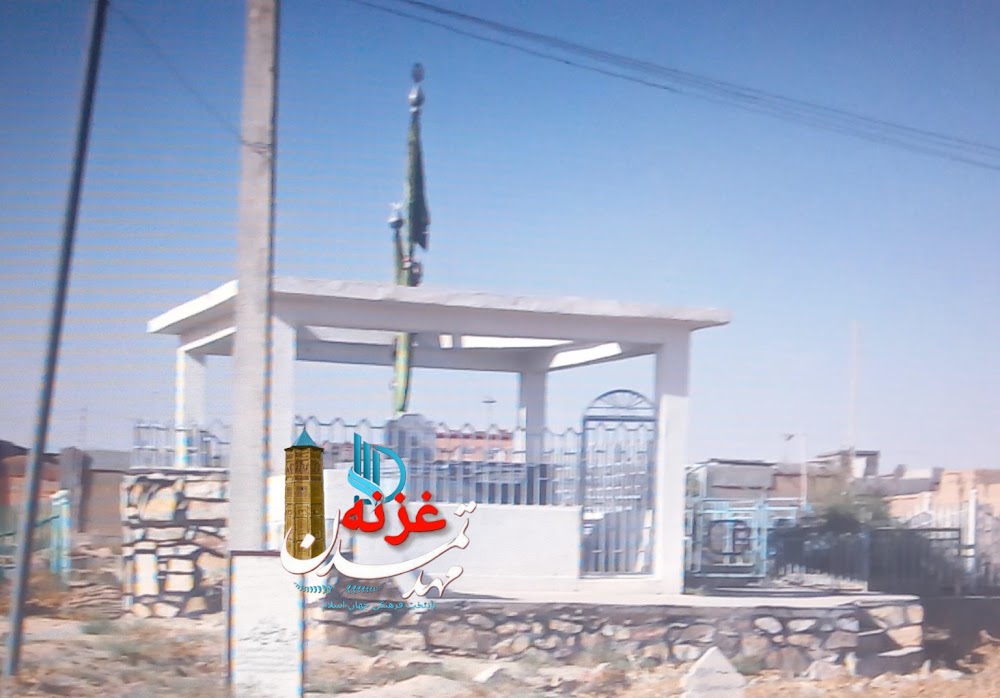Ghazni's Tomb of Sultan Mahmud (مقبره سلطان محمود)
Overview
The Tomb of Sultan Mahmud in Ghazni, Afghanistan, stands as a remarkable historical site that attracts visitors from around the globe, all eager to explore the region's rich past. Located approximately 150 kilometers southwest of Kabul, this tomb is the final resting place of Sultan Mahmud of Ghazni, a pivotal figure in Islamic history.
Sultan Mahmud reigned from 998 to 1030 AD and is known as the founder of the Ghaznavid Empire. His reign heralded a period of significant cultural and architectural advancement, transforming Ghazni into a thriving center of art, science, and literature. At its height, Mahmud's empire stretched from northeastern Iran to the Punjab in India. Renowned for his military conquests, he also played a crucial role in fostering a cultural renaissance within the Islamic world.
The tomb itself, built shortly after Mahmud's death, is an architectural gem. While it may be modest in size compared to some royal mausoleums, its historical significance and artistry are unparalleled. The structure exemplifies the traditional Islamic architectural style of the time, featuring intricate tile work, calligraphy, and geometric patterns. The tomb's exterior is adorned with stunning turquoise tiles that shimmer under the Afghan sun, reflecting the artistic brilliance of the era.
Inside the tomb, visitors are enveloped in a serene atmosphere of solemnity. The interior is characterized by simplicity, adhering to the austere aesthetic preferred in Islamic burial sites. The walls are inscribed with verses from the Quran and adorned with intricate floral patterns, showcasing the exceptional craftsmanship of Mahmud’s artisans. The beauty of the inscriptions and decorations evokes a deep sense of reverence, providing a glimpse into the spiritually rich heritage of the Islamic Golden Age.
One of the most captivating aspects of the tomb is its proximity to the Ghazni Minarets. These majestic structures, dating back to the 12th century, represent some of the finest examples of Islamic architecture in Central Asia. Although slightly dilapidated today, the minarets are intricately decorated and serve as a testament to the city's historical significance. Together, the Tomb of Sultan Mahmud and the Ghazni Minarets highlight the area's once-glorious status as a cultural and political nexus.
Visiting the tomb offers not only insight into Sultan Mahmud's life but also an exploration of the broader historical and cultural dynamics of medieval Afghanistan. The site is part of the UNESCO Tentative List for World Heritage sites, underscoring its global importance. Ongoing preservation efforts aim to protect the tomb, ensuring that future generations can appreciate its historical and cultural value.
Ghazni itself has experienced a tumultuous history, oscillating between periods of prosperity and decline. Once a bustling city under Mahmud's rule, it later faced invasions and destruction, most notably by the Mongols. Nevertheless, its historical treasures, including the tomb, have endured, providing a timeless link to the past.
Foreign tourists visiting the Tomb of Sultan Mahmud will discover not just a historical monument but a central chapter in the narrative of Islamic civilization. The tomb serves as an ideal starting point for exploring Ghazni's other historical sites, including the Ghazni Minarets, the palace ruins, and the Ghazni Museum, which houses artifacts that illuminate the region's storied past.
Travelers are advised that the best time to visit is during the spring and autumn months, when the weather is mild and the surrounding landscape is especially picturesque. Local guides are available to provide detailed historical context and help navigate the site's cultural nuances, enhancing the overall visitor experience.
In summary, the Tomb of Sultan Mahmud is more than just a burial site; it serves as a gateway to the medieval Islamic world, echoing the grandeur and intellect of an era that shaped much of today's cultural and scientific foundations. The site’s enduring beauty and historical wealth make it a must-visit destination for any traveler interested in the history of Afghanistan and the broader Islamic world.







